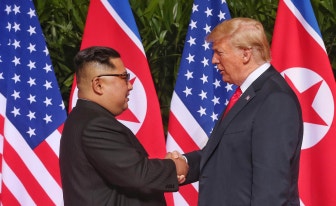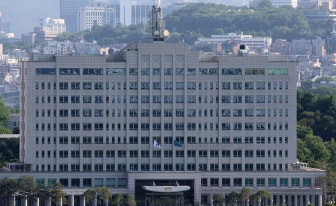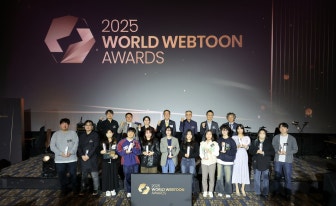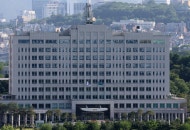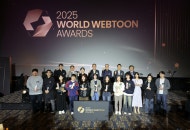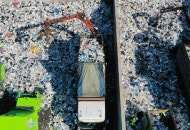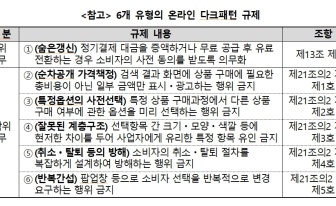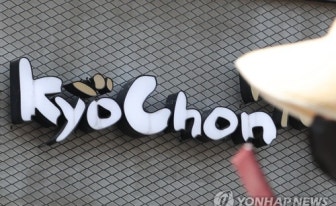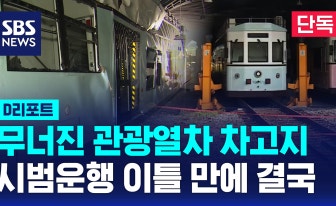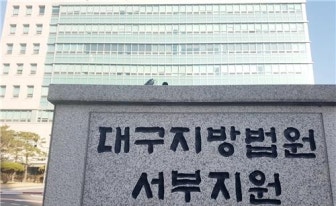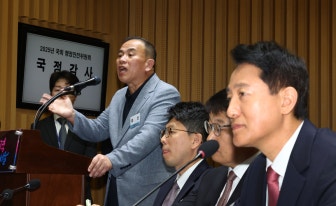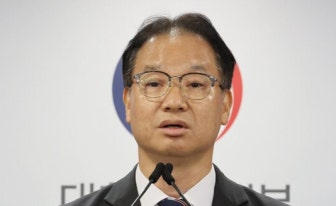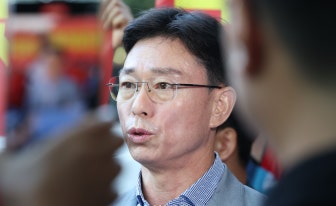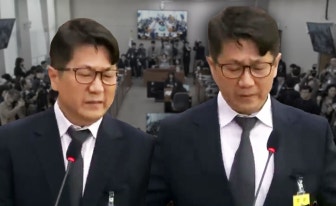| Hyundai Motor's Xcient Fuel Cell Class 8 truck (Hyundai Motor Company) |
Hyundai Motor Company announced Friday that its Xcient Fuel Cell Class 8 truck has been selected for Time magazine’s Best Inventions of 2025, recognized for bridging the transition toward both hydrogen mobility and autonomous driving.
Time's annual list highlights 300 groundbreaking innovations from around the world that are transforming human life and daily experiences.
Jointly developed by Hyundai Motor and PlusAI, a US-based autonomous driving technology company, the heavy-duty truck is built on the world’s first hydrogen-powered, dedicated platform for large commercial vehicles and integrates Level 4 autonomous driving capabilities.
Level 4 automation enables fully autonomous driving within designated areas, without requiring driver intervention during operation.
“It’s a true honor to be recognized by Time magazine's Best Inventions, which celebrates innovations that shape a better future,” said Park Chul-youn, senior vice president at Hyundai Motor Company.
“At Hyundai, we aim to contribute to building a sustainable and safe freight ecosystem through hydrogen-powered commercial vehicles. We deeply value our partnership with PlusAI, which has been instrumental in realizing this shared vision.”
As the world’s first mass-produced medium- and heavy-duty truck powered by hydrogen fuel cells, the Xcient Fuel Cell Class 8 is equipped with a 350-kilowatt high-efficiency motor, a 180-kilowatt fuel cell stack, and a 72-kilowatt-hour high-voltage battery.
Since its debut in 2020, the model’s cumulative global mileage has surpassed 15 million kilometers, operating across diverse terrains in 10 countries, including Korea, the US, Germany and Switzerland.
Hyundai expects the truck’s zero-emission powertrain and advanced autonomous technology will help address persistent challenges in the logistics industry, such as carbon emissions, driver shortages and overwork, while improving transport efficiency and providing valuable data for developing hydrogen refueling infrastructure.


